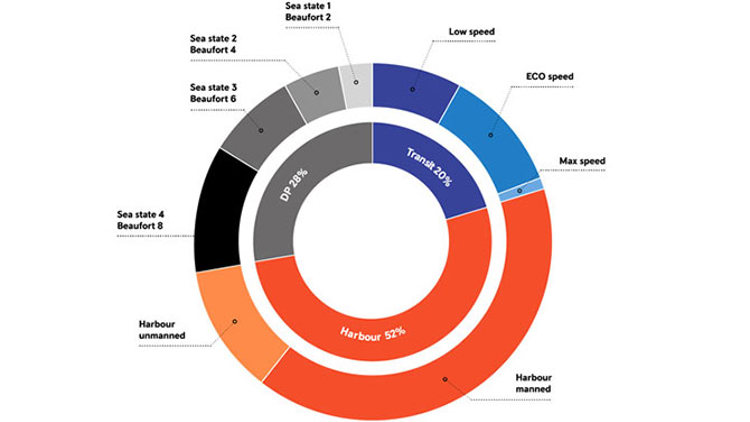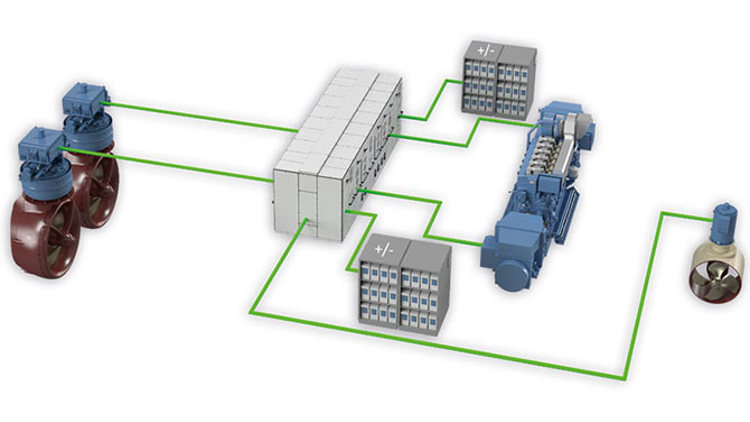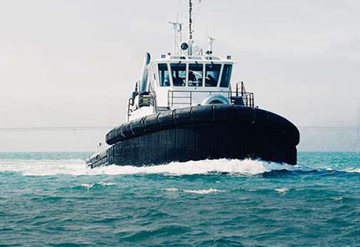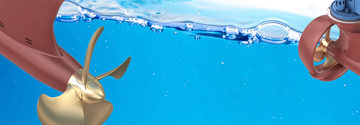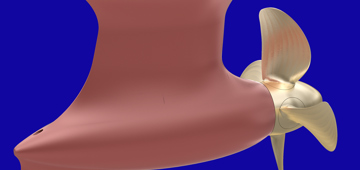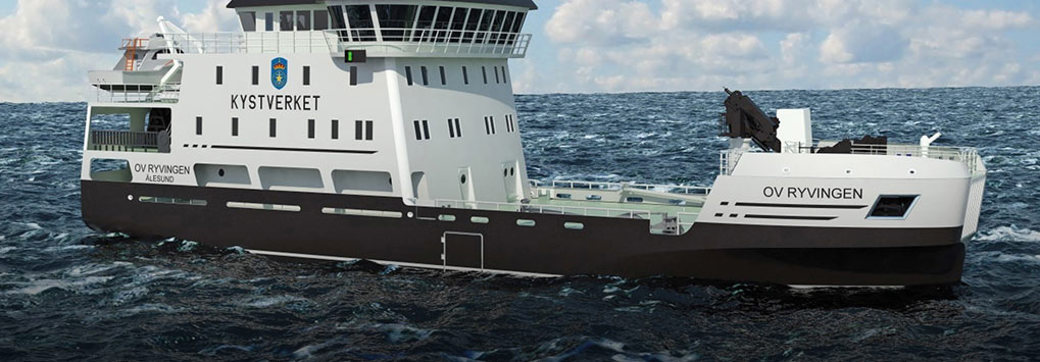
The best of both worlds
High efficiency and low emissions are the focus as the latest craft for NCA demonstrate our ongoing innovation in multipurpose hybrid vessels.
High efficiency and low emissions
As the Norwegian Coastal Administration (NCA) continues its fleet renewal programme, hybrid propulsion provided by Kongsberg Maritime is the key to efficient and low emissions operation.
NCA vessels are responsible for maintaining lighthouses and navigation marks along Norway's extensive coastline. They also have oil spill clean-up and emission control duties, making for a very varied operational profile.
When the time came to replace the 20 - 30-year old vessels, NCA set about realising its vision of making the coastal waters the safest and cleanest in the world. The latest multipurpose vessels have been designed for improved levels of crew safety, lower operational cost and a smaller environmental footprint.
We worked with NCA on power, propulsion, dynamic positioning (DP) and systems integration for the first two new vessels, designed by Heimli and built by Fitjar Mekaniske Verksted in 2011-12. Positive experience with these ships gave NCA confidence to go further in the quest for operating efficiency by using hybrid propulsion technology.our systems and equipment. In its first full year of operation, the vessel sailed 10,000 nautical miles and showed a significant reduction in fuel consumption compared with the first pair.
OV Bøkfjord was one of the first vessels to have a large-scale energy storage system, in the form of an 800 kWh battery. Electrically powered azimuth thrusters replaced shaftlines, removing the need for an aft tunnel thruster. The battery replaced one of the diesel gensets.
Technological developments
Now, the technological developments of these vessels are being taken a big step further with OV Ryvingen, currently under construction at Fitjar. It is slightly longer and has a larger crane capacity, but the major advance is in the our hybrid propulsion system.
A broad breakdown of the operating profile for the NCA vessels showed that 28 per cent of the time is spent in DP mode, 20 per cent in transit and 52 per cent in a harbour. To allow the parameters for the integrated hybrid system to be set correctly, a much more detailed analysis was made.
"The analysis gives us and NCA a much more precise picture of what is required of the power and propulsion system to enable the new vessel to perform its wide-ranging duties with the minimum of energy consumption and emissions," says Bjørn-Erik Osmark, Kongsberg Maritime.
"It has led us to a radically different solution centred on the SAVeCube integrated DC switchboard with a single medium-speed diesel engine, two batteries and PM azimuth thrusters."
"SAVeCube houses the DC bus, all drives and frequency converters in a single cabinet. It allows the two 1,500kWh batteries to be simply connected to the DC system and the engine to run at variable speeds to optimise its efficiency. OV Ryvingen's 3MWh of energy storage is probably the largest installed to date in a vessel of this size range."

A major difference between the new vessel and its predecessors is that the number of main engine cylinders has been cut from 42 to six. The row of high-speed diesels has been replaced with a single medium-speed engine; a Rolls-Royce Bergen 25:33L6AV rated at 2,000kW in a configuration with a permanently connected generator driven from each end of the crankshaft. Each generator feeds one side of the switchboard. In combination with the two independent batteries, this arrangement gives the desired electrical redundancy.
Power is then distributed to the two permanent magnet (PM) azimuth thrusters, type PMAZM 1900. These thrusters with the PM motor in the nozzle have demonstrated their high efficiency under a wide range of operating conditions.
